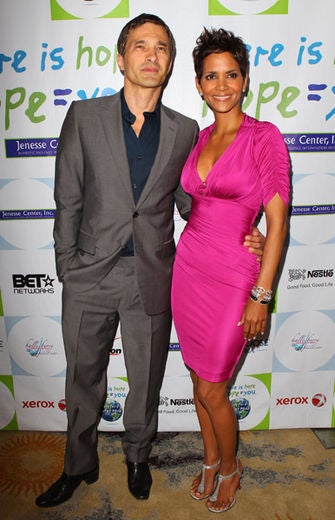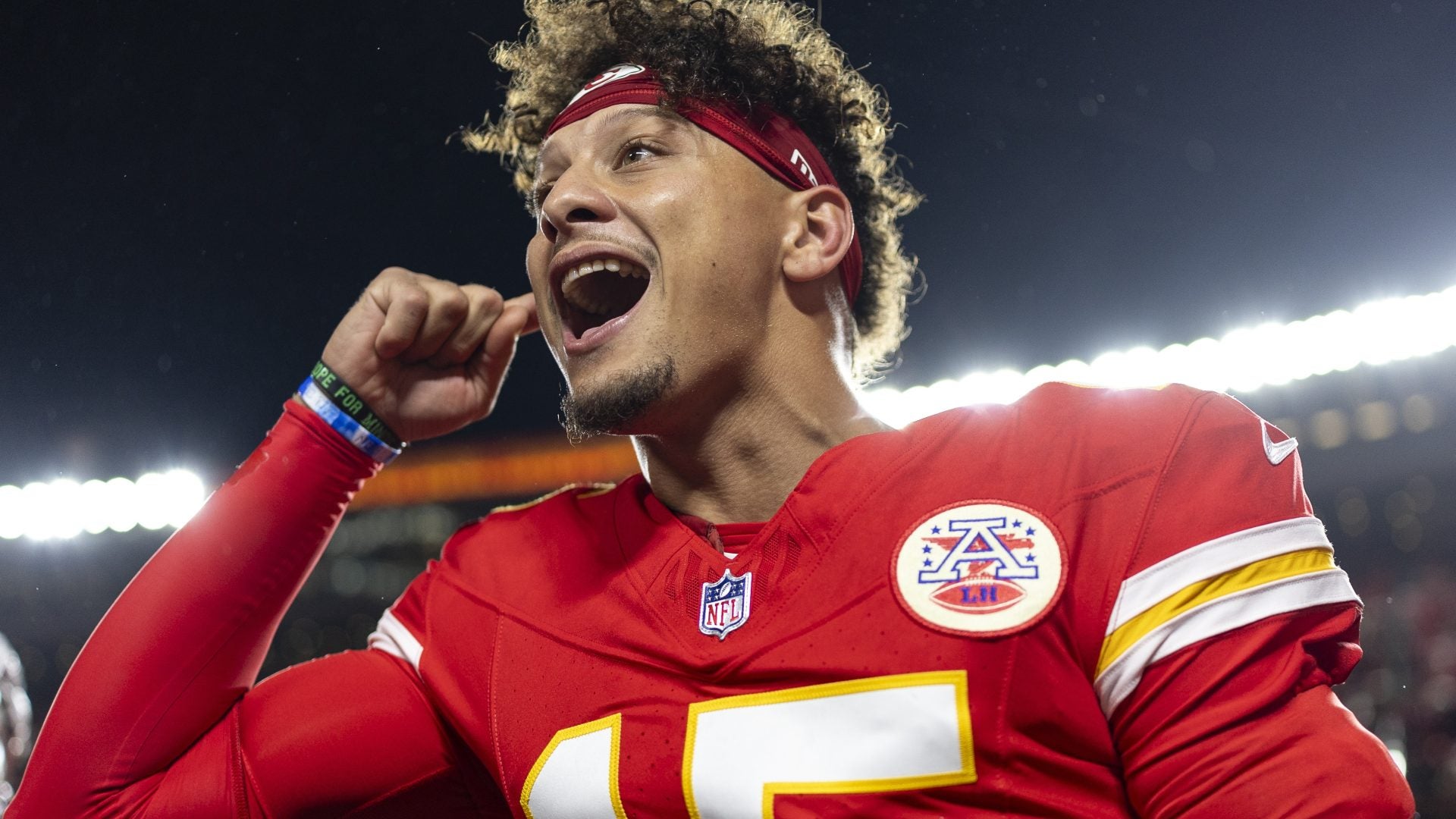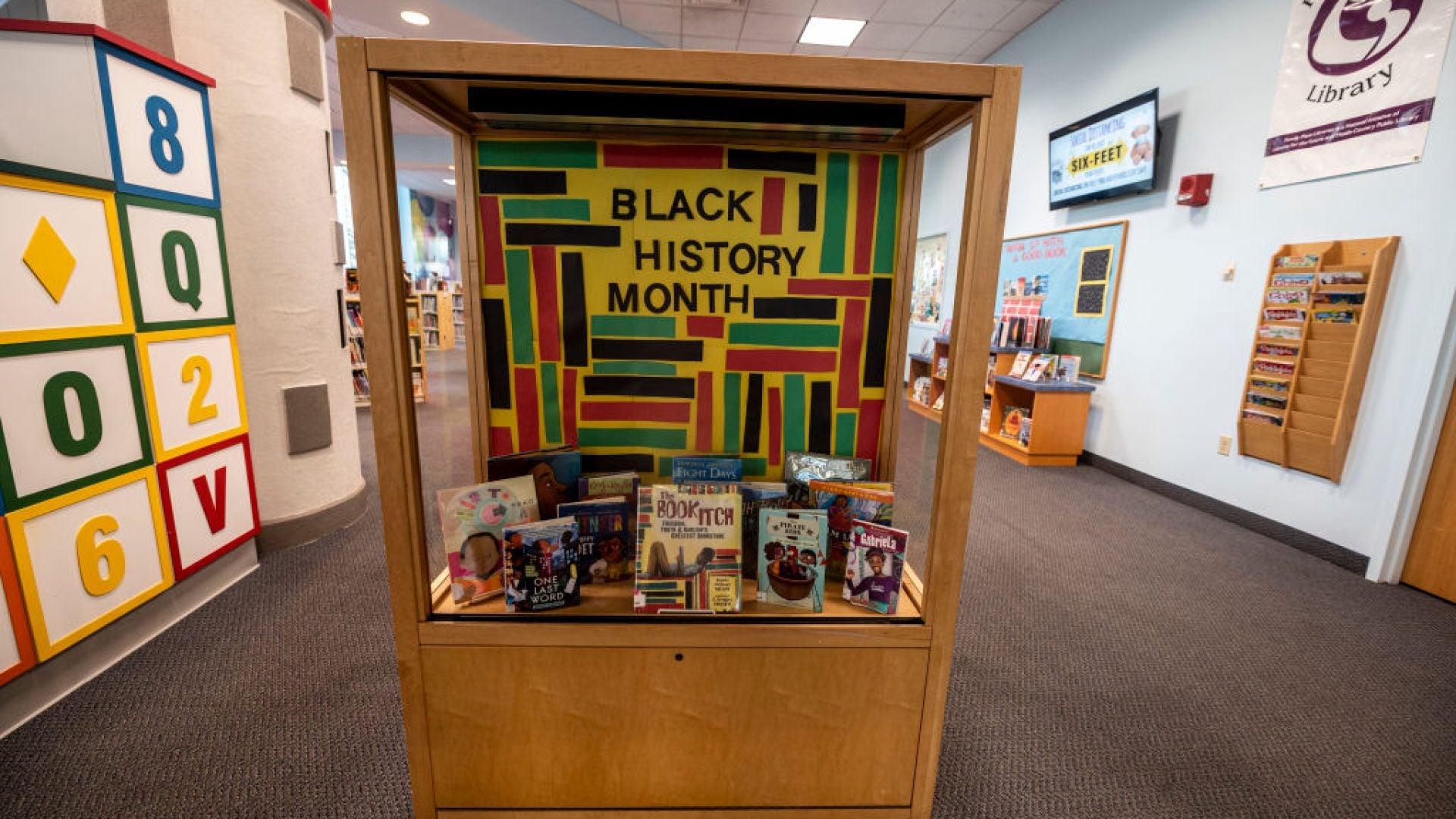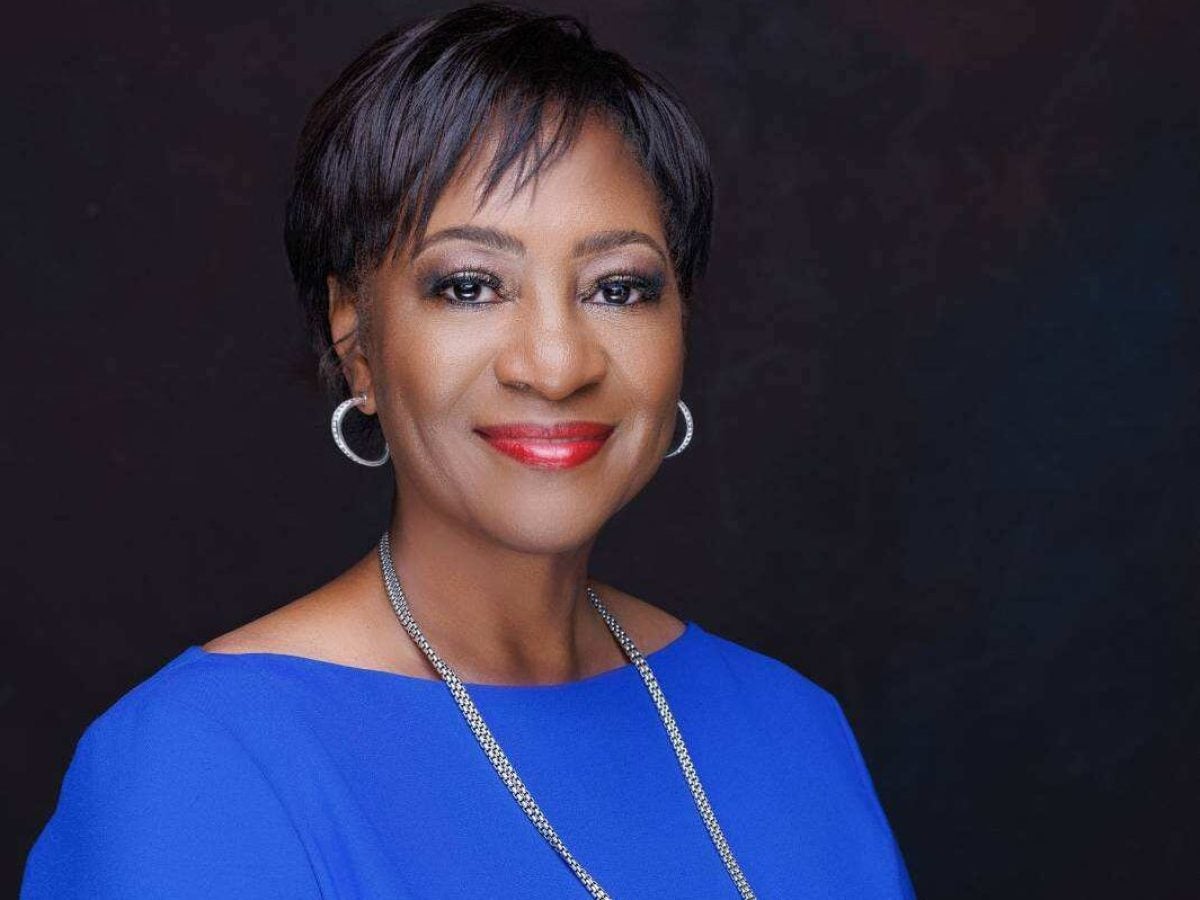
Shopping for an engagement ring is a pretty big deal, one of the top three largest purchases you’ll make besides buying a house and car, according to Ed Werner, Sales Expert to athletes and the stars at William Levine Fine Jewels in Chicago, Illinois. Whether your husband-to-be is going at it alone or you’re shopping together, here are some tips to consider.
ESSENCE.com: What are a few basic tips when shopping for an engagement ring?
Ed Werner: I usually advise people to go where they’re comfortable. Ask around for recommendations from friends because diamonds and jewelry are such a blind market for most people, you really have to feel comfortable and trust where you’re going. What to look for is the 4 ‘C’s — the color, the clarity, the carat weight and then the cutting of the diamond.
ESSENCE.com: What should budget conscious shoppers consider?
Werner: Not everyone is a pro-athlete and they are on a budget. There are trade-offs, whether it’s going with size over clarity or some people want the best quality and are willing to sacrifice. I steer people in a happy medium, what you buy today and what you can afford, you want to still be proud of 10-15 years from now when you’re looking down at your diamond. It’s not always about picking what your comfortable with now, but what you’ll grow into.
ESSENCE.com: What are some of the most common mistakes people make when shopping for an engagement ring?
Werner: They get caught up in the emotions of buying an engagement ring and really don’t look around. As I mentioned before, jewelry is such a blind market and there are a few bad apples in our industry that spoil it for the rest of us. If the person doesn’t know what they’re looking for they may get talked into something they’re not going to want later on down the line. You have to do your research. I would never suggest buying a diamond on the internet but its a great place to get educated and know what your looking for. I always suggest going into the bigger, better name stores and doing some homework there. They’ve been around for a long time and they’re not out to just sell you anything but will really give you an education on what your looking at.
ESSENCE.com: What are the differences between shopping online versus in-store?
Werner: There are different characteristics in a diamond that you can’t see on a computer. A diamond can be represented as a certain grade, and when you receive it, it may not be the grade you expect it to be. It’s like school, you can get a certain grade, a high grade and a low grade but there are different things that make up that grade. The same with diamonds, you can get the best color and clarity diamonds and line up ten that are the same exact grade and they’re not going to all sparkle the same, and when buying on the internet your not going to see that. I always suggest buying jewelry in a brick and mortar store.
ESSENCE.com: How can the socially conscious shopper ensure their ring is conflict free?
Werner: People that buy from us get a stamp that it’s conflict free or blood free. Any of the better department stores will guarantee it. There is a channel that they follow through to their supplier who gets it gauranteed from their supplier. It is tracing back from where it comes and each person that touches the diamond will guarantee it along the way. There are some companies that provide a stamp on the diamond with a serial number.
ESSENCE.com: When is the best time to shop for an engagement ring and what should be considered?
Werner: Allow time to shop for a ring, other than buying a house or car it may be in the top three largest purchases your going to make. Don’t let a jeweler rush or pressure you into doing anything. As far as time of year, around Christmas time and around Valentines day are the two busiest times for people to look, and it can be hard for a jeweler to allow the time necessary. So if you are looking, try to avoid the holiday madness you’ll find that a jeweler will devote more time to you.
ESSENCE.com: What should a shopper consider when selecting the perfect design?
Werner: I usually suggest something you wont get tired of. If you want something different, know what your getting involved in, or pick a right hand ring that looks different. Most times when we do make something that someone wants to be different, in 3-5 years they come back wanting to re-do it. We found that classic sells for a reason, it’s timeless.
ESSENCE.com: What does an engagement ring signify?
Werner: Taking our relationship from dating to walking down the aisle. It symbolizes the love of taking that next step.
For more information visit William Levine Fine Jewels.







